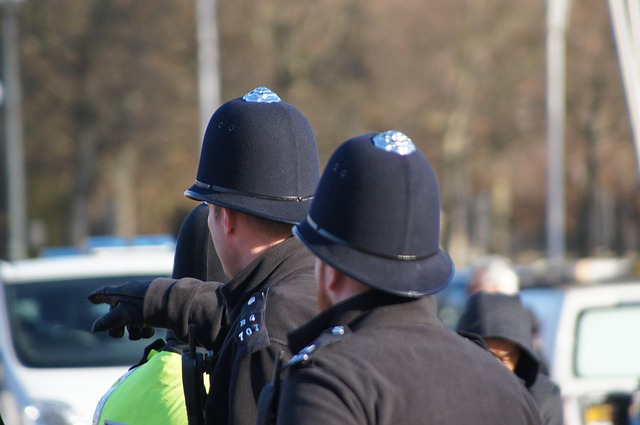Emergency services
Buildings and other features of the built environment such as built infrastructure can present hazardous situations during their construction, operation, special events, maintenance, refurbishment and decommissioning.
It may be appropriate in some of these conditions to develop an emergency plan so that quick and effective action can be taken in the event of an emergency situation arising to ease the severity of that situation and to limit the consequences. An emergency plan establishes agreed, recorded and rehearsed strategies, allowing an effective response. For more information see: Emergency plan.
Amongst other things, it is important to identify on-site and off-site emergency resources that can be called upon if necessary, and estimated response times, based upon distances from fire stations, hospitals, and so on.
On site emergency resources might include:
- Detection and alarm systems.
- Fire extinguishers.
- Spills containment equipment.
- First aid equipment.
- First aiders and other medical or emergency response staff.
Off-site emergency resources will generally include the emergency services. The four main emergency services can be contacted by phoning Emergency Control Centres (ECC) on 999:
- Ambulance service.
- Coastguard.
- Fire and rescue service.
- Police service.
Additional emergency services may also be contacted through Emergency Control Centres on 999:
- Bomb disposal.
- Cave rescue.
- Lifeboat.
- Lowland rescue.
- Mine rescue.
- Moorland search and rescue service.
- Mountain rescue.
- Quicksand search and rescue service.
The 999 number was first introduced in 1937 in central London following a review of a fire on Wimpole Street in 1935 which killed 5 women. It was introduced in other major cities after the Second World War, and by 1976 it covered the whole of the UK. Today the 999 system handles more than half a million calls a week (ref). On receiving a call, the operator will ask ‘Which service do you require”.
In 2009, UK mobile phone networks introduced Emergency Call Roaming so that an emergency call will attempt to use another network if the users network has no signal.
101 can be phoned to contact the Police in non-emergency situations and 111 to contact the NHS in non-life-threatening medical situations. In 1993, 112 was introduced to provide a single number for contacting the emergency services throughout Europe.
As well as emergency response, the emergency services may also:
- Work with local authorities and other agencies such as building control bodies and the Health and Safety Executive (HSE) in relation to issues such as building regulations approvals, licensing, event planning and so on.
- Develop emergency plans.
- Carry out site visits and inspections and advise on safety.
- Carry out investigations following emergencies.
- Undertake enforcement action.
- Undertake promotional and educational activities.
[edit] Related articles on Designing Buildings Wiki
- Alarms.
- Demolition.
- Emergency lighting.
- Emergency plan.
- Emergency signage.
- Evacuating vulnerable and dependent people from buildings in an emergency FB 52
- Fire and rescue service.
- Fire authority.
- Fire marshal.
- Fire.
- First aid.
- Health and safety.
- Health and Safety Executive.
- Health.
- Insurance.
- Licensing.
- Live event production.
Featured articles and news
Moisture, fire safety and emerging trends in living walls
How wet is your wall?
Current policy explained and newly published consultation by the UK and Welsh Governments.
British architecture 1919–39. Book review.
Conservation of listed prefabs in Moseley.
Energy industry calls for urgent reform.
Heritage staff wellbeing at work survey.
A five minute introduction.
50th Golden anniversary ECA Edmundson apprentice award
Showcasing the very best electrotechnical and engineering services for half a century.
Welsh government consults on HRBs and reg changes
Seeking feedback on a new regulatory regime and a broad range of issues.
CIOB Client Guide (2nd edition) March 2025
Free download covering statutory dutyholder roles under the Building Safety Act and much more.
AI and automation in 3D modelling and spatial design
Can almost half of design development tasks be automated?
Minister quizzed, as responsibility transfers to MHCLG and BSR publishes new building control guidance.
UK environmental regulations reform 2025
Amid wider new approaches to ensure regulators and regulation support growth.
The maintenance challenge of tenements.
BSRIA Statutory Compliance Inspection Checklist
BG80/2025 now significantly updated to include requirements related to important changes in legislation.
Shortlist for the 2025 Roofscape Design Awards
Talent and innovation showcase announcement from the trussed rafter industry.























